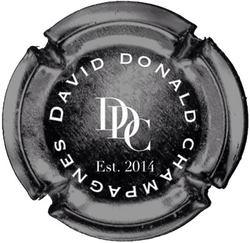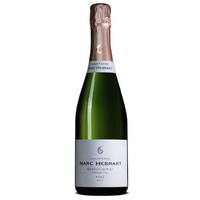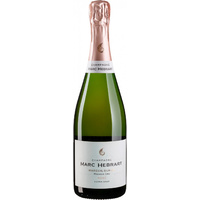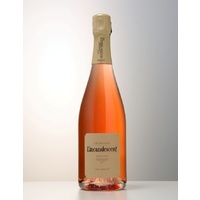Rose
Rosé is the fastest growing category of all the Champagne styles. Its surge in popularity is probably due to its versatility to match many different cuisines. There are two methods for producing rosé styles; maceration/skin contact or blending.
Skin contact or the saignée method (saignée means ‘to bleed’; hence the term ‘sanguine’) is the same as for red wine production whereby the juice is kept in contact with skins until the desired colour is reached. Once achieved, the juice is run off and production continues as per white champagnes. This method is much more labour intensive and not as common as the blending method.
Blending is usually by the addition of still red wine (normally about 10-15%). Of course this red wine component must have been produced in Champagne. This method of adding red wine to white to achieve a Rosé wine is unique to Champagne and strictly forbidden anywhere else. This wine is called ‘Coteaux Champenois’ and it is very rarely made available by Champagne producers for retail.








